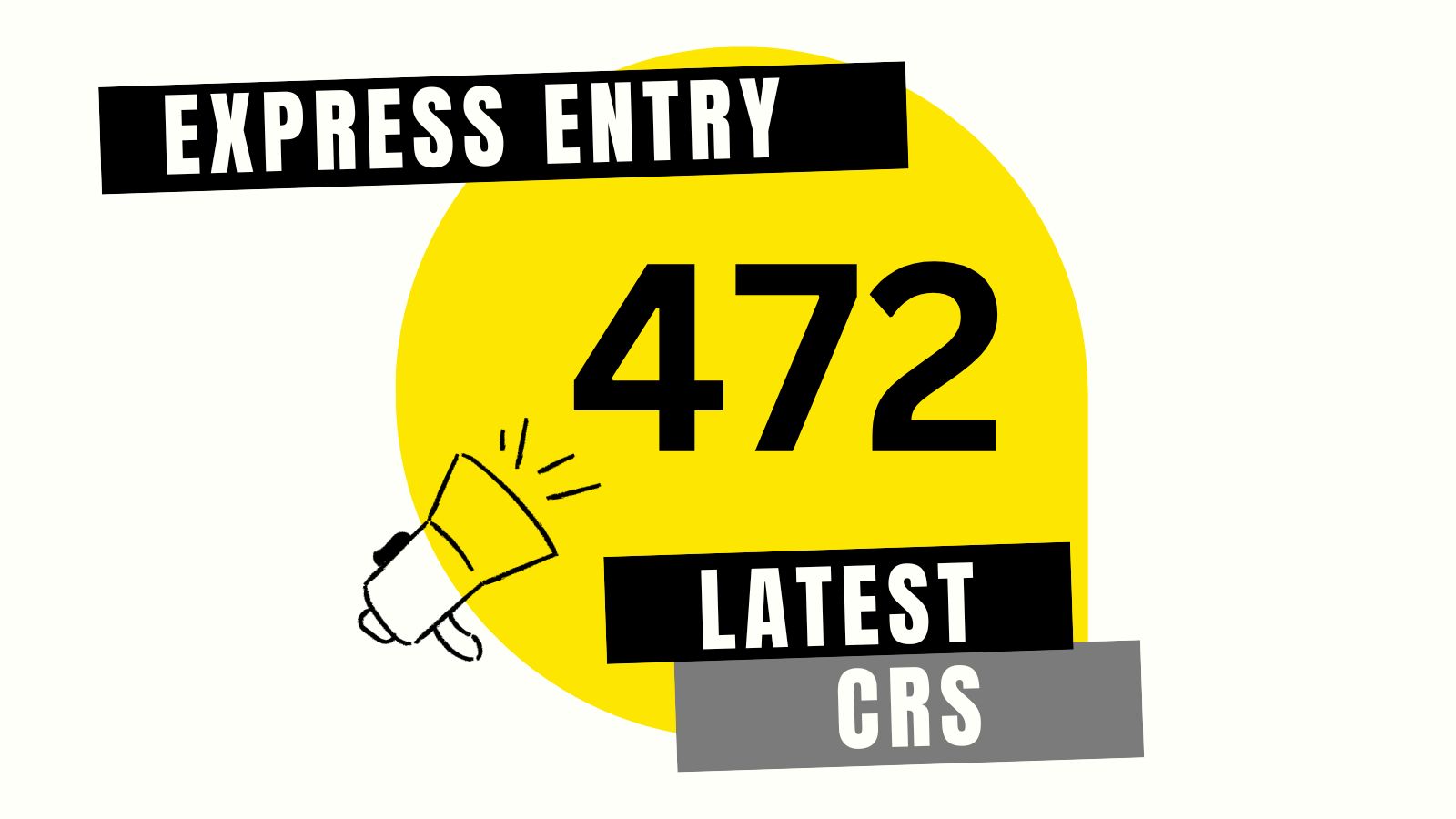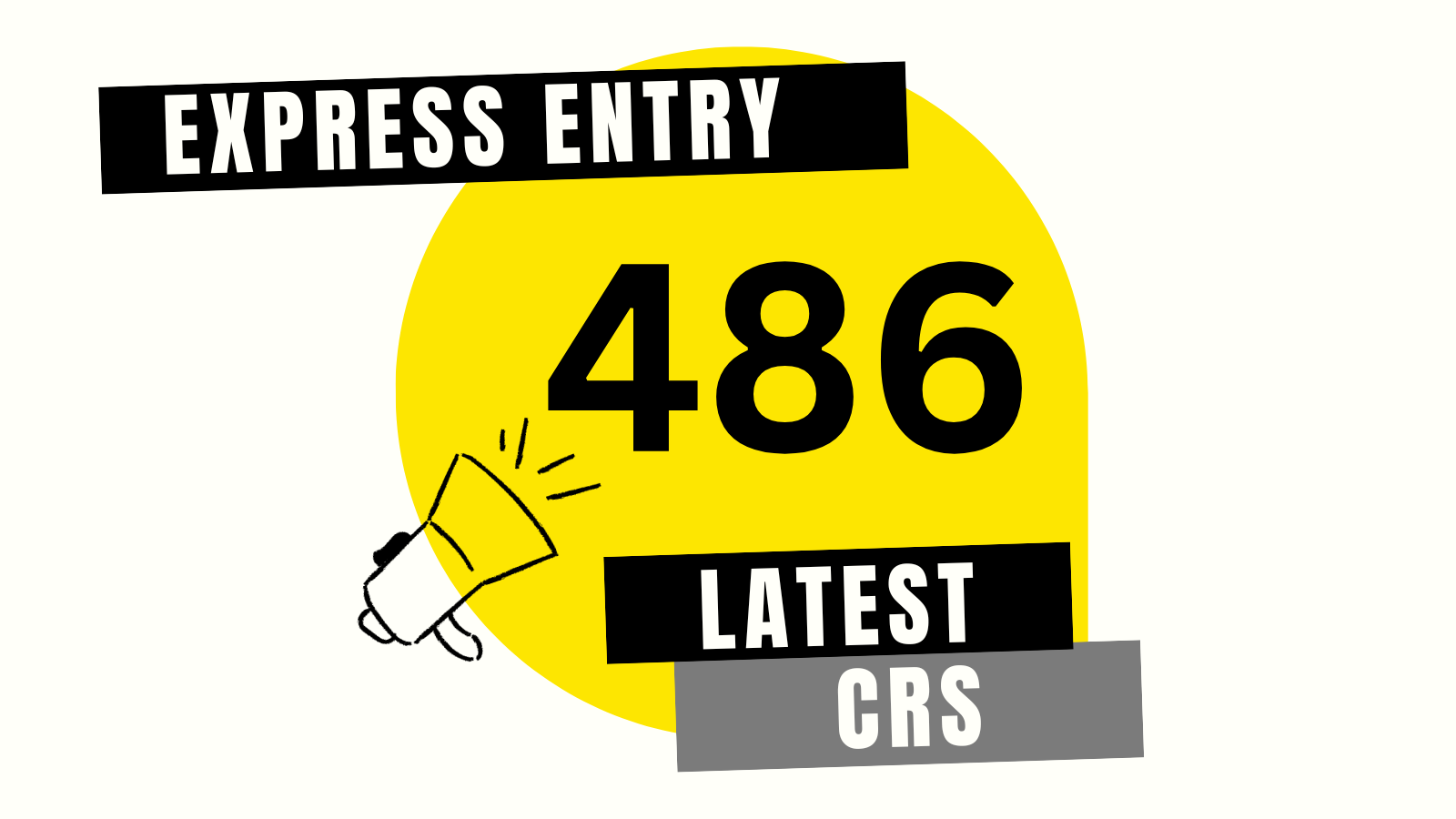Canada Visa
Rounds of Invitation- September 2023- Express Entry- French Proficiency
Here is a summary of the latest Express Entry invitation round held on September 27, 2023, for the…
Rounds of invitations- Express Entry Summary – September 26, 2023
Here is a summary of the latest Express Entry invitation round held on September 26, 2023: Aspect Data…
Express Entry Launches Transport Category-Based Selection for Immigration
Ottawa, September 18, 2023 – In a significant move aimed at addressing labor shortages and supporting Canada’s economic…
Parents and Grandparents Canada Visa Program Set to Reopen This Fall
Parents and Grandparents Program Set to Reopen This Fall
Express Entry Invitation Round Summary – October 25, 2023
Here is a summary of the latest Express Entry invitation round held on October 25, 2023, for the…
Express Entry Invitation Round Summary – October 24, 2023
Here is a summary of the latest Express Entry invitation round held on October 24, 2023, for the…
















